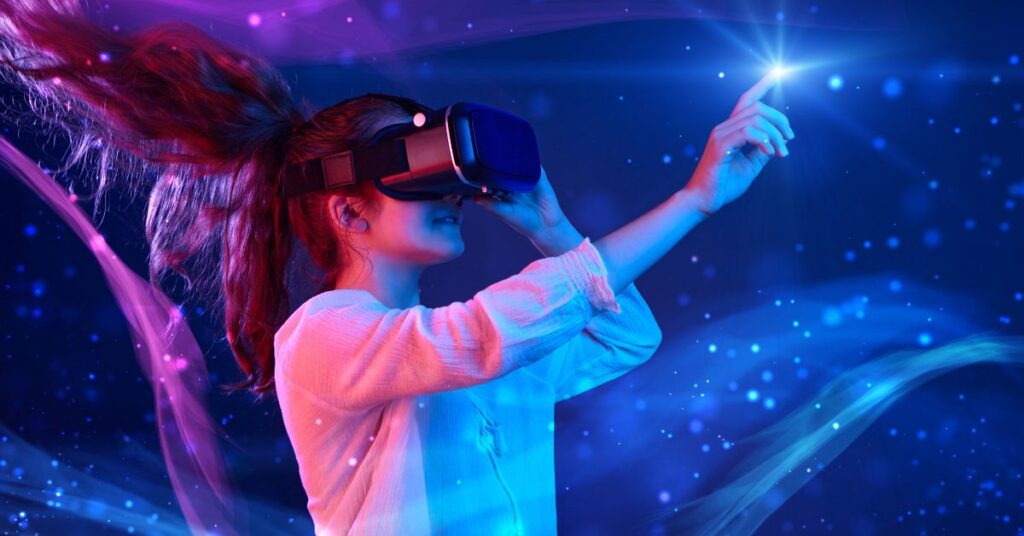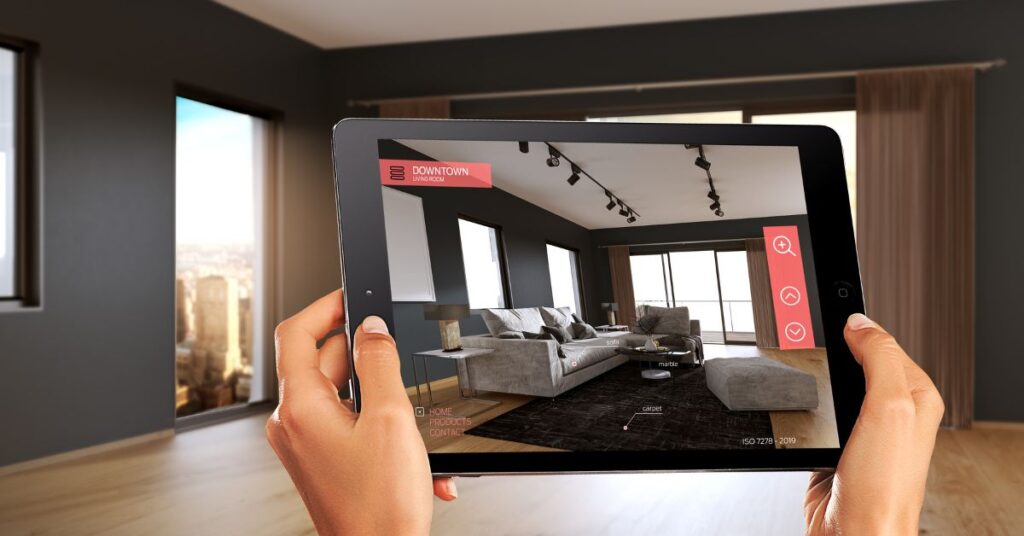AR vs VR: How They Work, Their Benefits, and Future Trends
Augmented Reality (AR) and Virtual Reality (VR) are two of the most exciting technologies of the 21st century, transforming the way we interact with the digital world. While they often get mentioned together, they are fundamentally different in how they work, what they offer, and the experiences they create. Both AR and VR are reshaping industries such as gaming, education, healthcare, engineering, and even social interaction, but their purposes and applications vary significantly. This article will take you through a deep understanding of AR and VR, exploring how they work, their unique features, major differences, real-world uses, and the future potential for both technologies.
Understanding AR (Augmented Reality)
Augmented Reality refers to a technology that overlays digital elements such as images, videos, sounds, or animations onto the real world. AR enhances your existing environment instead of replacing it. When you use AR, you still see the physical world around you, but it is “augmented” with computer-generated information. This can happen through your smartphone screen, smart glasses, or AR-enabled headsets.
How AR Works
AR works by using cameras, sensors, and software algorithms to recognize objects and environments in real time. It then overlays relevant digital content on top of your view. Key elements include:
-
Device Camera & Sensors – Capture the real environment.
-
AR Software – Detects surfaces, objects, or patterns.
-
Digital Content Integration – Overlays interactive 3D or 2D objects.
-
Display – Presents the combined view of the real and virtual worlds.
Common Examples of AR
-
Snapchat Filters – Add effects to your face in real time.
-
Pokémon GO – Digital creatures appear in real-world locations.
-
IKEA Place App – Lets you visualize furniture in your home before buying.
-
Google Lens – Shows instant information about real-world objects.
Understanding VR (Virtual Reality)
Virtual Reality is a technology that completely immerses you in a simulated environment, cutting you off from the real world. With VR, you enter a fully digital space where everything you see and hear is computer-generated. VR is usually experienced through specialized headsets that include sensors and motion tracking, allowing you to move around and interact within the virtual world.
How VR Works
VR uses high-resolution displays, motion sensors, and audio systems to create an all-encompassing artificial environment. The steps include:
-
VR Headset & Display – Shows a 3D virtual environment.
-
Motion Tracking Sensors – Track head, eye, and hand movements.
-
Computer/Console/Standalone System – Renders and updates the virtual world in real time.
-
Controllers or Haptic Devices – Allow physical interaction with digital objects.
Common Examples of VR
-
Meta Quest 3 (Oculus Quest) – Immersive games and social VR spaces.
-
PlayStation VR – Gaming on PlayStation consoles.
-
Google Earth VR – Explore the world in full 3D.
-
VRChat – Social interaction in virtual environments.

Key Differences Between AR and VR
Although both AR and VR deal with blending the physical and digital worlds, the way they do it is entirely different.
| Feature | Augmented Reality (AR) | Virtual Reality (VR) |
|---|---|---|
| Environment | Enhances the real world by adding digital elements | Replaces the real world with a simulated one |
| Device Requirement | Smartphones, tablets, AR glasses | VR headsets, controllers, sensors |
| User Awareness | User is aware of their physical surroundings | User is fully immersed and cut off from the real world |
| Interaction Level | Limited interaction with digital overlays | Full interaction with the virtual environment |
| Mobility | Users can move around freely in the real world | Movement is often limited to the VR space |
| Applications | Navigation, retail, maintenance, training | Gaming, simulation, therapy, virtual tourism |
| Cost | Generally more affordable | Can be expensive due to specialized hardware |
Advantages and Disadvantages of AR and VR
Advantages of AR
-
Integrates digital information with real-world surroundings.
-
Enhances learning and training without removing real context.

-
More affordable and accessible (can run on smartphones).
-
No need for fully enclosed headsets.
Disadvantages of AR
-
Limited immersion compared to VR.
-
Can cause distractions in certain environments.
-
Dependent on lighting and real-world conditions.
Advantages of VR
-
Complete immersion for high realism.
-
Excellent for training simulations and gaming.
-
Allows exploration of environments that are impossible in reality.
-
Creates a safe environment for hazardous training.
Disadvantages of VR
-
Requires expensive and specialized hardware.
-
Can cause motion sickness for some users.
-
Limits user awareness of real surroundings.
-
Can require large space for movement.
Applications of AR
-
Retail – Try-on experiences for clothing, glasses, and makeup.
-
Education – Interactive learning through AR textbooks and apps.
-
Healthcare – Assisting surgeries with real-time data overlays.
-
Tourism – Enhancing travel experiences with historical and cultural info.
-
Sports – Live stats and player tracking during broadcasts.
Applications of VR
-
Gaming – Fully immersive gameplay experiences.
-
Training – For pilots, doctors, engineers, and soldiers.
-
Real Estate – Virtual property tours.
-
Therapy – Treating phobias or PTSD with controlled environments.
-
Entertainment – Virtual concerts and events.
AR vs VR in Learning and Training
In education and corporate training, AR and VR have distinct roles.
-
AR in Training – Enhances real-world environments with instructions, labels, and 3D models.
-
VR in Training – Simulates dangerous or costly scenarios for practice without real-world risks.
For example, a car mechanic could use AR to see step-by-step repair instructions directly on the vehicle, while a flight trainee could use VR to simulate flying different aircraft.
The Future of AR and VR
The future holds enormous promise for both technologies, especially as hardware becomes more affordable and software more advanced.
Future Trends in AR:
-
Widespread use in retail and online shopping.
-
AR glasses replacing smartphones for some daily tasks.
-
More integration with AI for personalized experiences.
Future Trends in VR:
-
Fully wireless VR headsets with high-quality graphics.
-
More realistic haptic feedback.
-
VR becoming a mainstream tool for remote collaboration.
Which Technology is Better?
The answer depends on your needs:
-
Choose AR if you want to enhance your real-world experience and keep awareness of your surroundings.
-
Choose VR if you want a fully immersive digital world for entertainment, training, or exploration.
In many cases, businesses and educators use both, blending AR’s real-world integration with VR’s full immersion for different tasks.
Frequently Asked Questions (FAQs)
Can AR and VR be used together?
Yes, when combined, they form Mixed Reality (MR), blending the physical and digital worlds seamlessly.
Which is more expensive AR or VR?
VR tends to be more expensive due to the specialized headsets and hardware required.
Do AR and VR require the internet?
Not always. Many AR and VR apps can work offline, but online connectivity enhances features.
Is AR safer than VR?
Generally, yes, because AR users remain aware of their surroundings.
Can AR and VR cause motion sickness?
VR is more likely to cause motion sickness, though poorly designed AR apps can also cause discomfort.




